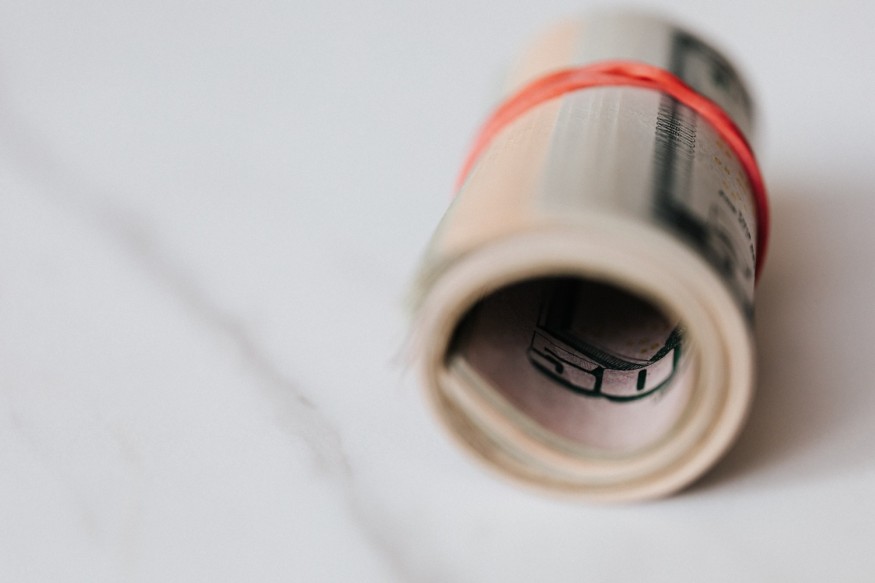Why You Should Keep Your Emergency Fund Inside This

Your emergency fund doesn't belong just anywhere. It should be sitting inside a savings account. More specifically, it should be sitting inside a high-yield savings account.
Why is that? There are three important reasons why you should be storing your emergency savings in a high-yield savings account: accessibility, security and interest.
Accessibility
One of the key features of a good emergency fund is accessibility. You want to be able to make a withdrawal from your fund at a moment's notice. After all, emergency expenses require quick responses.
While there are savings tools that have more growth potential than a high-yield savings account, they may not share the same level of accessibility. For instance, a certificate of deposit (CD) is a common savings tool that can have an annual percentage rate of 5%.
But putting an emergency fund into a CD would be a huge mistake because this tool will make your savings inaccessible. A lump sum is supposed to be locked away in a CD for a set period of time. It could be a few months or even a few years, depending on the account you signed up for. You're not supposed to withdraw the savings from the account until it reaches the set maturity date. If you do, you will have to pay an early withdrawal penalty.
A high-yield savings account doesn't come with this risk! The account is accessible to users at any time. Even if they exceed their maximum number of six transfers per month, they can still access their savings. They will only be charged a small withdrawal fee for crossing the maximum number. This is usually between $1-$15.
What If You Made Your Emergency Fund Inaccessible?
If you make the mistake of putting your emergency fund into a CD, you have a difficult choice to make. You can request a withdrawal from your CD, pay the penalty and sabotage all of the growth that you gained from this specialized savings tool. Or you can opt for a different payment solution while your savings are out of commission.
A personal line of credit is a solution you could consider. Start by going to a website like CreditFresh and checking to see whether you meet the requirements to apply for a line of credit loan. If you do, you can submit your application for the credit tool online. Soon after you've submitted your application, you'll find out whether you've been approved or not. With an approved line of credit, you can use borrowed funds to handle an emergency quickly and follow a repayment plan afterward.
Security
As long as your bank is FDIC insured, your emergency fund is safe in the worst-case scenario: bank failure. If your bank happens to fail, you will not lose access to the deposits that you've squirreled away in your emergency fund. Your deposits will either be transferred into a brand-new savings account, or you will receive the sum of your deposits in the form of a payout from the FDIC.
You are covered for up to $250,000 in deposits. If you have a joint account, you will have coverage for up to $500,000 in deposits.
Interest
Finally, a high-yield savings account has a higher interest rate than a standard savings account. A standard savings account might have an annual percentage yield (APY) as low as 0.01%. On the other hand, a high-yield savings account typically has an APY between 2-4%. Your emergency fund is going to see much more passive growth inside this account than in a standard savings account. You'll benefit a lot more from this option.
Don't keep your emergency fund in the wrong place. Put it in a high-yield savings account as soon as possible!
Subscribe to Latin Post!
Sign up for our free newsletter for the Latest coverage!
© 2025 Latin Post. All rights reserved. Do not reproduce without permission.













